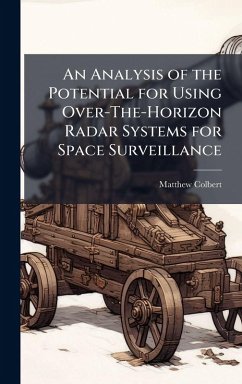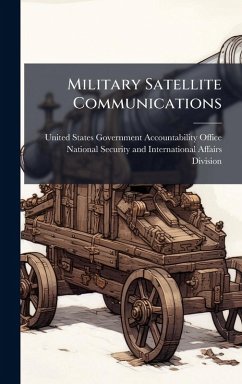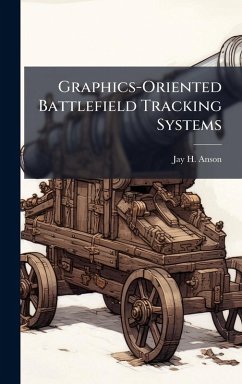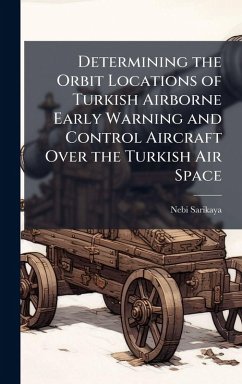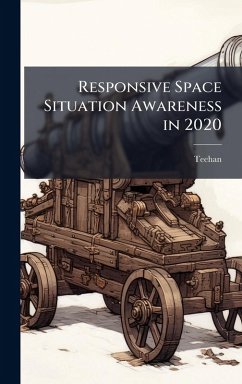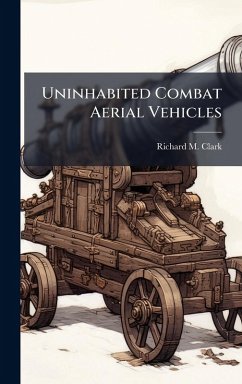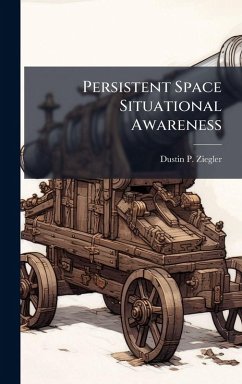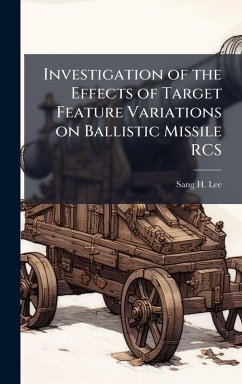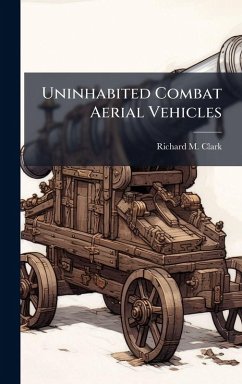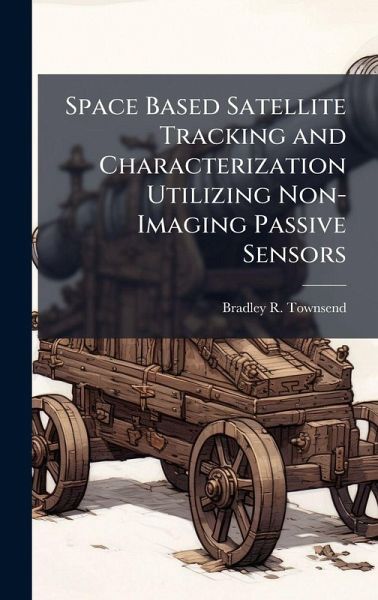
Space Based Satellite Tracking and Characterization Utilizing Non-Imaging Passive Sensors
Versandkostenfrei!
Versandfertig in über 4 Wochen
29,99 €
inkl. MwSt.
Weitere Ausgaben:

PAYBACK Punkte
15 °P sammeln!
A technique is developed to determine the orbit of a sunlight illuminated satellite passing through the field-of-view of a sensor platform in a Highly Elliptical Orbit (HEO) and Geosynchronous orbit (GEO). The technique develops two different methods of initial orbit determination. The first relies on the Gauss initial orbit determination method to develop an estimate of the state from angular data. The second method relies on positional data of the target relative to the Earth's background to determine an estimate of the state. These estimates are then refined in a non-linear least squares ro...
A technique is developed to determine the orbit of a sunlight illuminated satellite passing through the field-of-view of a sensor platform in a Highly Elliptical Orbit (HEO) and Geosynchronous orbit (GEO). The technique develops two different methods of initial orbit determination. The first relies on the Gauss initial orbit determination method to develop an estimate of the state from angular data. The second method relies on positional data of the target relative to the Earth's background to determine an estimate of the state. These estimates are then refined in a non-linear least squares routine. This estimate of the state is then used to identify the target from the Air Force Space Command satellite catalog. This work has been selected by scholars as being culturally important, and is part of the knowledge base of civilization as we know it. This work was reproduced from the original artifact, and remains as true to the original work as possible. Therefore, you will see the original copyright references, library stamps (as most of these works have been housed in our most important libraries around the world), and other notations in the work. This work is in the public domain in the United States of America, and possibly other nations. Within the United States, you may freely copy and distribute this work, as no entity (individual or corporate) has a copyright on the body of the work. As a reproduction of a historical artifact, this work may contain missing or blurred pages, poor pictures, errant marks, etc. Scholars believe, and we concur, that this work is important enough to be preserved, reproduced, and made generally available to the public. We appreciate your support of the preservation process, and thank you for being an important part of keeping this knowledge alive and relevant.



